Pet Grooming at Home: Essential Tools & Techniques
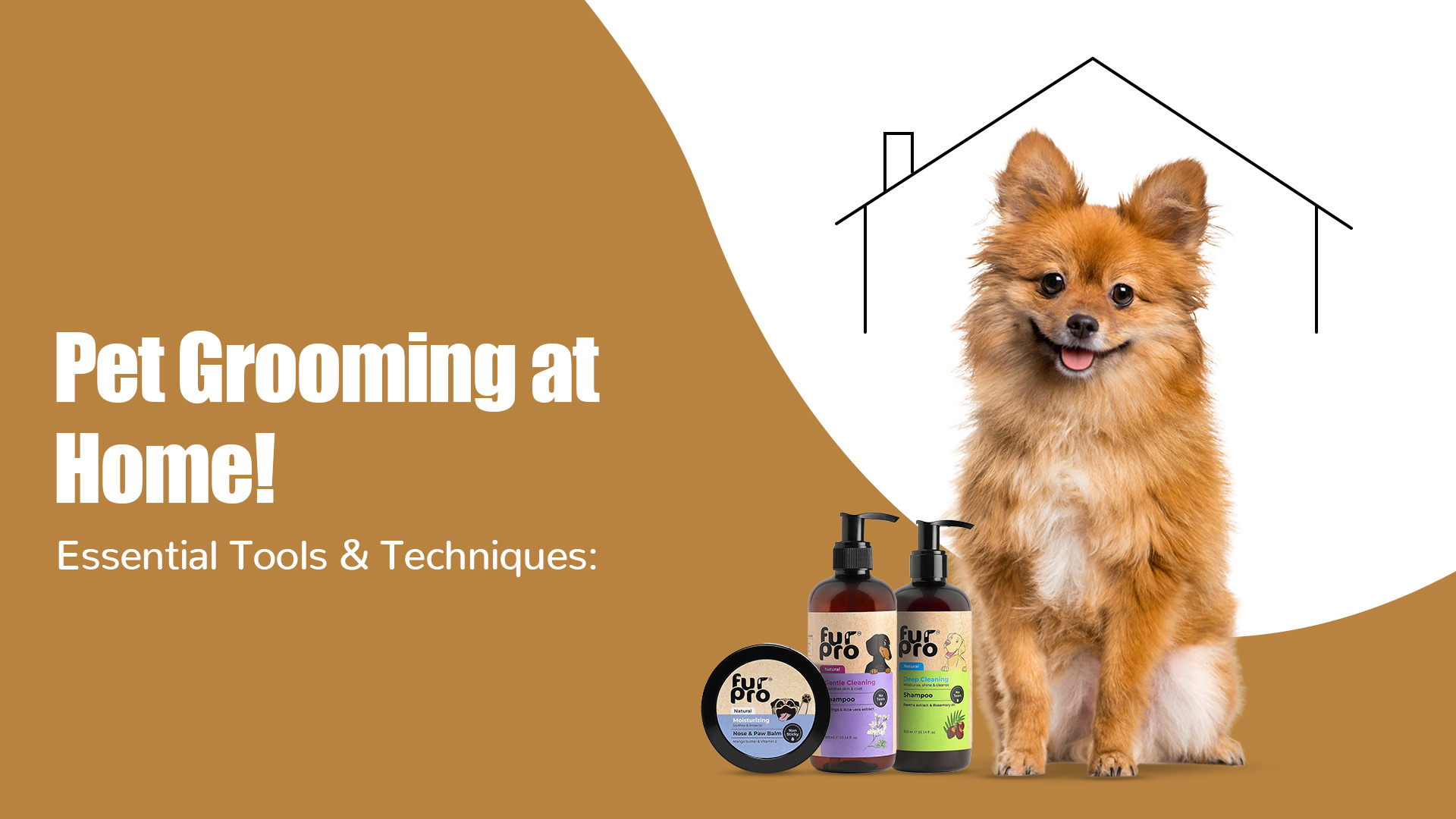
Why Grooming Your Pet at Home is Essential
Grooming your pet at home is an essential aspect of responsible pet ownership. It goes beyond just maintaining their appearance; it directly impacts their health, comfort, and overall well-being. Regular pet grooming at home helps to keep your furry companion clean, reduces the risk of infections, and strengthens the bond between you and your pet. With the right pet grooming tools, you can efficiently manage your pet’s hygiene and prevent issues that may require expensive veterinary visits.
Benefits of Home Pet Grooming
Pet grooming at home offers numerous benefits beyond just aesthetics. It plays a crucial role in maintaining your pet’s overall health, comfort, and hygiene. Using the right pet grooming tools and techniques ensures:
- Healthy Skin & Coat: Regular brushing removes dirt, debris, and loose fur, preventing skin infections and keeping the coat shiny.
- Reduced Shedding: Effective use of dog grooming tools like deshedding brushes helps manage excessive hair loss, keeping your home cleaner and reducing allergens.
- Improved Hygiene: Routine cleaning, including bathing, nail trimming, and ear cleaning, helps eliminate odors, prevents bacterial infections, and ensures your pet remains fresh and comfortable.
- Early Detection of Health Issues: Home pet care allows you to closely examine your pet’s skin, coat, ears, and nails, helping you detect abnormalities like lumps, parasites, rashes, or infections before they become severe.
- Stronger Bonding Experience: Grooming at home creates a relaxing experience for your pet, reinforcing trust and strengthening the bond between you and your furry friend.
- Reduced Anxiety & Stress: Many pets feel uncomfortable or stressed in professional grooming salons due to unfamiliar surroundings and loud noises. Home grooming provides a familiar and calming environment.
- Cost Savings: Professional grooming services can be expensive, especially for long-haired or high-maintenance breeds. Investing in quality pet grooming tools allows you to maintain your pet’s hygiene without the added expense.
- Convenience & Customization: Grooming at home allows you to work at your pet’s pace, using the techniques and products best suited for their specific needs and comfort levels.
Read More - What Cats Can Eat
Common Grooming Mistakes to Avoid
While pet grooming at home is beneficial, improper techniques or the wrong dog grooming tools can harm your pet. Avoid these common mistakes:
- Using Human Shampoos: Always use pet-safe shampoos, as human products can strip natural oils from your pet’s coat.
- Skipping Regular Brushing: Lack of brushing can lead to matting and skin irritation.
- Cutting Nails Too Short: Using improper nail clippers or cutting too close to the quick can cause pain and bleeding.
- Neglecting Ear Cleaning: Failure to clean your pet’s ears can result in infections and discomfort.
- Improper Drying After Baths: Leaving your pet damp can lead to skin issues, especially in cold weather.
Must-Have Pet Grooming Tools
Essential Dog Grooming Tools
To effectively perform pet grooming at home, investing in high-quality dog grooming tools is essential. Here are the must-have tools:
- Brushes & Combs: Essential for detangling, reducing shedding, and maintaining a healthy coat.
- Shampoo & Conditioner: Specifically designed for pets to nourish and protect their skin.
- Nail Clippers or Grinders: Helps maintain paw health and prevents painful overgrowth.
- Ear Cleaning Solutions & Cotton Balls: Keeps ears free from wax and debris.
- Pet Towels & Blow Dryers: Ensures thorough drying to prevent dampness-related skin conditions.
Also Read - What is a Fungal Infection in Dogs?
Best Brushes and Combs for Shedding Control
Managing shedding is an important aspect of home pet care. The best tools include:
- Bristle Brushes: Ideal for short-haired breeds.
- Slicker Brushes: Helps remove tangles in long-haired breeds.
- Deshedding Tools: Reduces excessive shedding in thick-coated pets.
- Metal Combs: Effective for detangling and fluffing fur.
Nail Clippers vs. Grinders: Which is Better?
When grooming your pet at home, choosing the right tool for nail care is essential:
- Clippers: Quick and effective, but require careful handling.
- Grinders: Provide smoother edges but may take longer and be noisier.
Choosing the Right Shampoo for Your Pet’s Coat
Selecting the right shampoo is crucial for effective pet grooming at home:
- Oatmeal-Based Shampoos: Perfect for sensitive skin.
- Flea & Tick Shampoos: Helps keep parasites away.
- Hypoallergenic Shampoos: Ideal for pets prone to allergies.
- Moisturizing Shampoos: Maintains hydration for dry or flaky skin.
Step-by-Step Guide to Grooming Your Pet at Home
Brushing Techniques for Different Coat Types
Using the right dog grooming tools ensures proper coat maintenance:
- Short-Coated Pets: Use a soft bristle brush to remove loose hair.
- Long-Haired Pets: A slicker brush followed by a wide-toothed comb prevents tangles.
- Curly or Wavy Coats: Use a pin brush to maintain the natural wave.
How to Bathe Your Dog or Cat Safely
- Use lukewarm water and a pet-friendly shampoo.
- Massage the coat gently, avoiding the eyes and ears.
- Rinse thoroughly to remove all shampoo residue.
- Dry your pet properly with a towel or blow dryer.
Trimming Nails Without Causing Discomfort
- Use appropriate dog grooming tools like nail clippers or grinders.
- Identify the ‘quick’ in the nail to avoid cutting too deep.
- Trim in small sections and reward your pet afterward.
Ear and Dental Hygiene for Pets
- Use vet-approved ear cleaning solutions to remove dirt and wax.
- Brush teeth regularly with pet-safe toothpaste.
- Provide dental chews to maintain oral health.
Also Read - Catnip for Cats
Maintaining Your Pet’s Grooming Routine
How Often Should You Groom Your Pet?
Regular home pet care helps maintain cleanliness and comfort:
- Brushing: Daily for long-haired breeds, 2-3 times a week for short-haired pets.
- Bathing: Once a month or as needed.
- Nail Trimming: Every 3-4 weeks.
- Ear Cleaning & Dental Care: Weekly maintenance.
Seasonal Grooming Tips
- Summer: Trim fur to prevent overheating and control shedding.
- Winter: Keep fur slightly longer for insulation.
- Spring & Fall: Increase brushing to manage seasonal shedding.
Signs Your Pet Needs Professional Grooming
Even with dedicated pet grooming at home, professional care may be needed if you notice:
- Severe matting or excessive tangles.
- Persistent odor despite routine grooming.
- Skin infections, rashes, or lumps.
- Behavioral changes indicating discomfort.
By following these tips and using the right pet grooming tools, you can ensure a stress-free and healthy grooming routine for your pet. Regular pet grooming at home enhances hygiene, improves comfort, and strengthens the bond between you and your furry companion!
FAQs
1. How often should I groom my pet at home?
The frequency of grooming depends on your pet’s breed, coat type, and lifestyle. In general:
- Brushing: Daily for long-haired breeds, 2-3 times a week for short-haired pets.
- Bathing: Once a month or as needed, depending on activity level and coat condition.
- Nail Trimming: Every 3-4 weeks to prevent overgrowth and discomfort.
- Ear Cleaning & Dental Care: Weekly maintenance to avoid infections and dental issues. Regular grooming ensures your pet stays clean, comfortable, and healthy.
2. What are the best dog grooming tools for beginners?
If you are new to pet grooming at home, start with these essential tools:
- Slicker Brush: Great for detangling and removing loose fur.
- Comb: Helps with mat prevention and fluffing up the coat.
- Dog Nail Clippers or Grinder: Keeps nails at a healthy length.
- Pet-Safe Shampoo & Conditioner: Keeps the coat clean and moisturized.
- Ear Cleaning Solution & Cotton Balls: Prevents wax buildup and infections. Investing in these beginner-friendly grooming tools will make the process easier and more effective.
3. Can I use human shampoo on my pet?
No, human shampoo is not suitable for pets. It has a different pH level than pet shampoo and can strip natural oils from your pet’s coat, leading to dryness and irritation. Always use pet-specific shampoos that cater to your pet’s skin type and coat needs. Options include:
- Oatmeal-based shampoos: Soothes sensitive skin.
- Flea & tick shampoos: Helps keep parasites away.
- Hypoallergenic shampoos: Ideal for pets with allergies. Using the right shampoo ensures your pet’s coat remains healthy and shiny.
4. What should I do if my pet is scared of grooming?
Many pets are initially nervous about grooming, but patience and positive reinforcement can help ease their anxiety:
- Start Slowly: Introduce grooming tools gradually and let your pet sniff and explore them.
- Use Treats & Praise: Reward your pet with treats and affection to create a positive association with grooming.
- Keep Sessions Short: Begin with short grooming sessions and gradually increase the duration.
- Choose the Right Tools: Use quiet nail grinders and gentle brushes to reduce discomfort.
- Create a Calm Environment: Groom your pet in a quiet, familiar space to minimize stress. With time and consistency, your pet will become more comfortable with the grooming process.







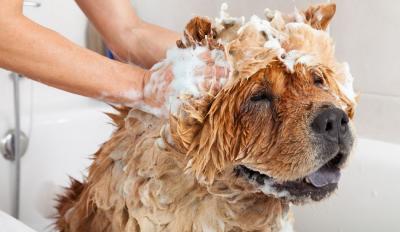





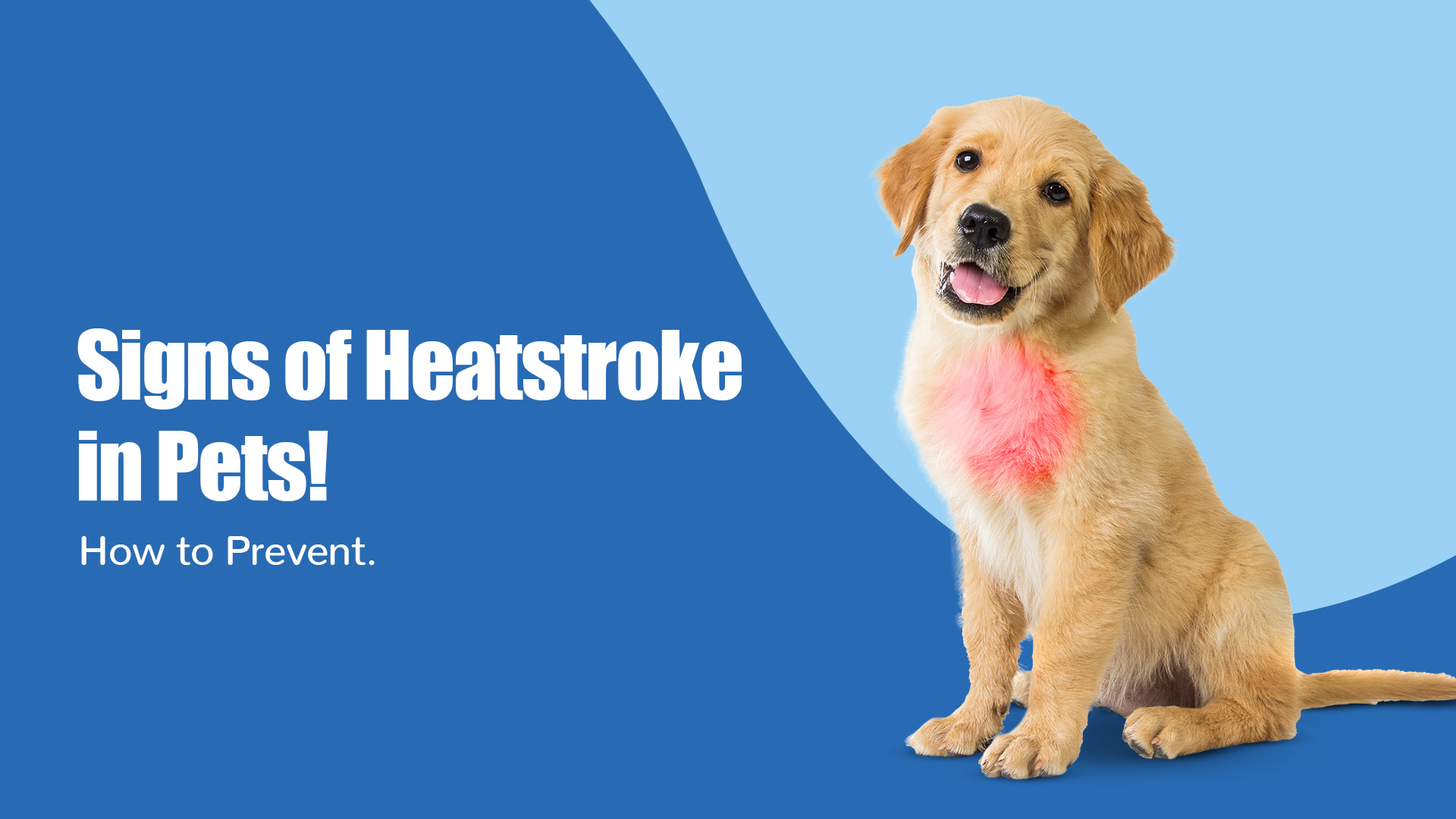
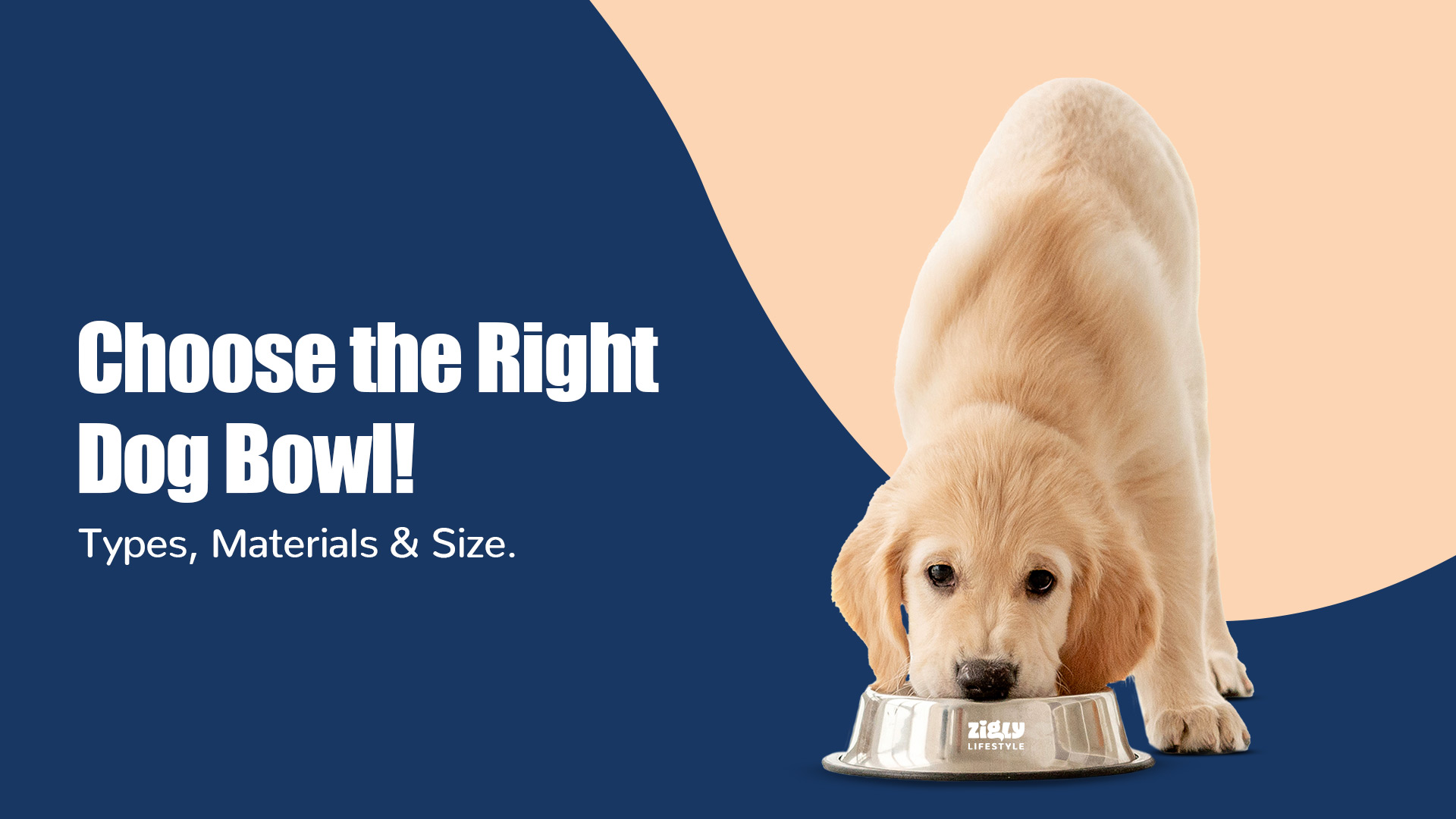

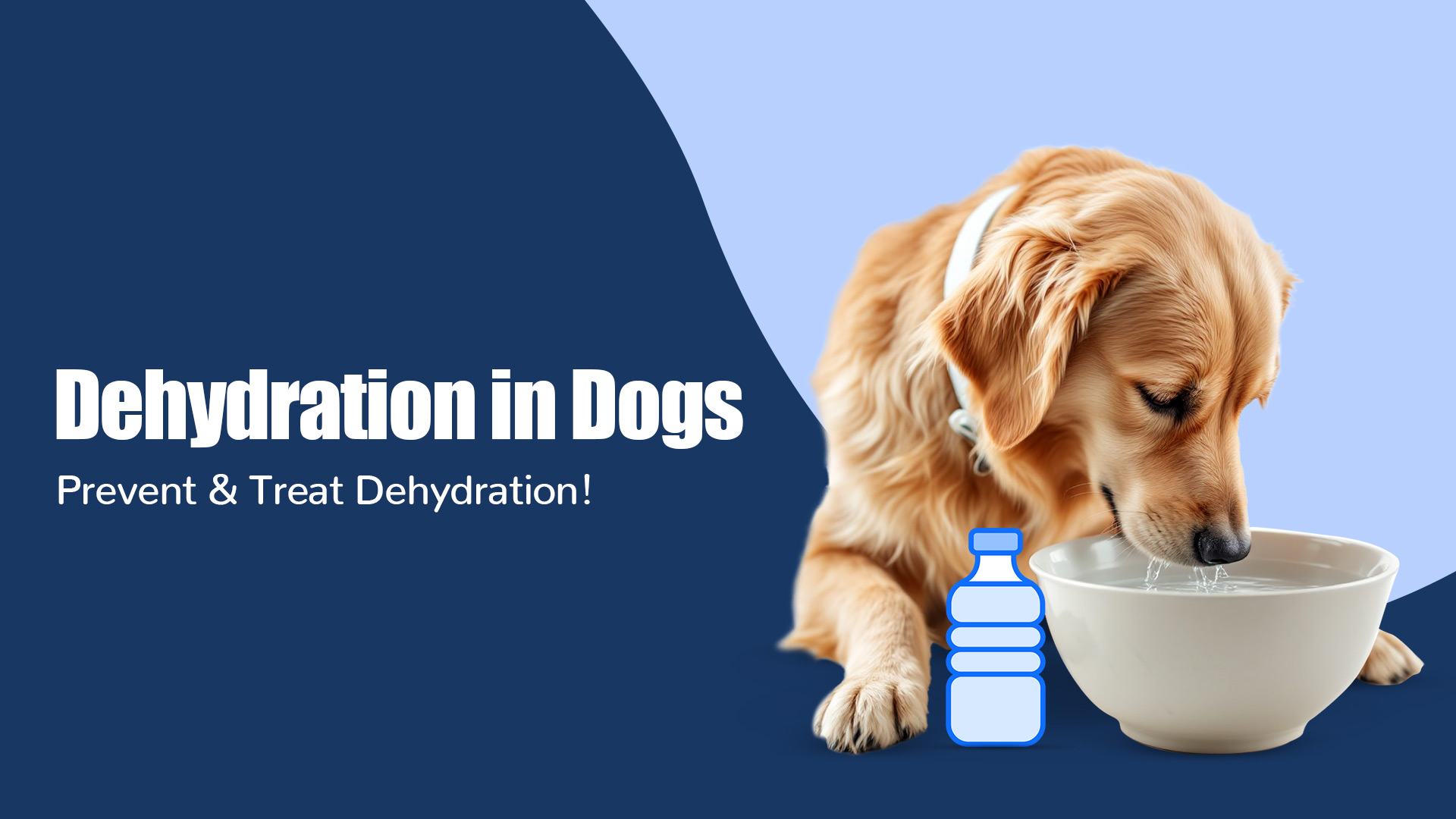
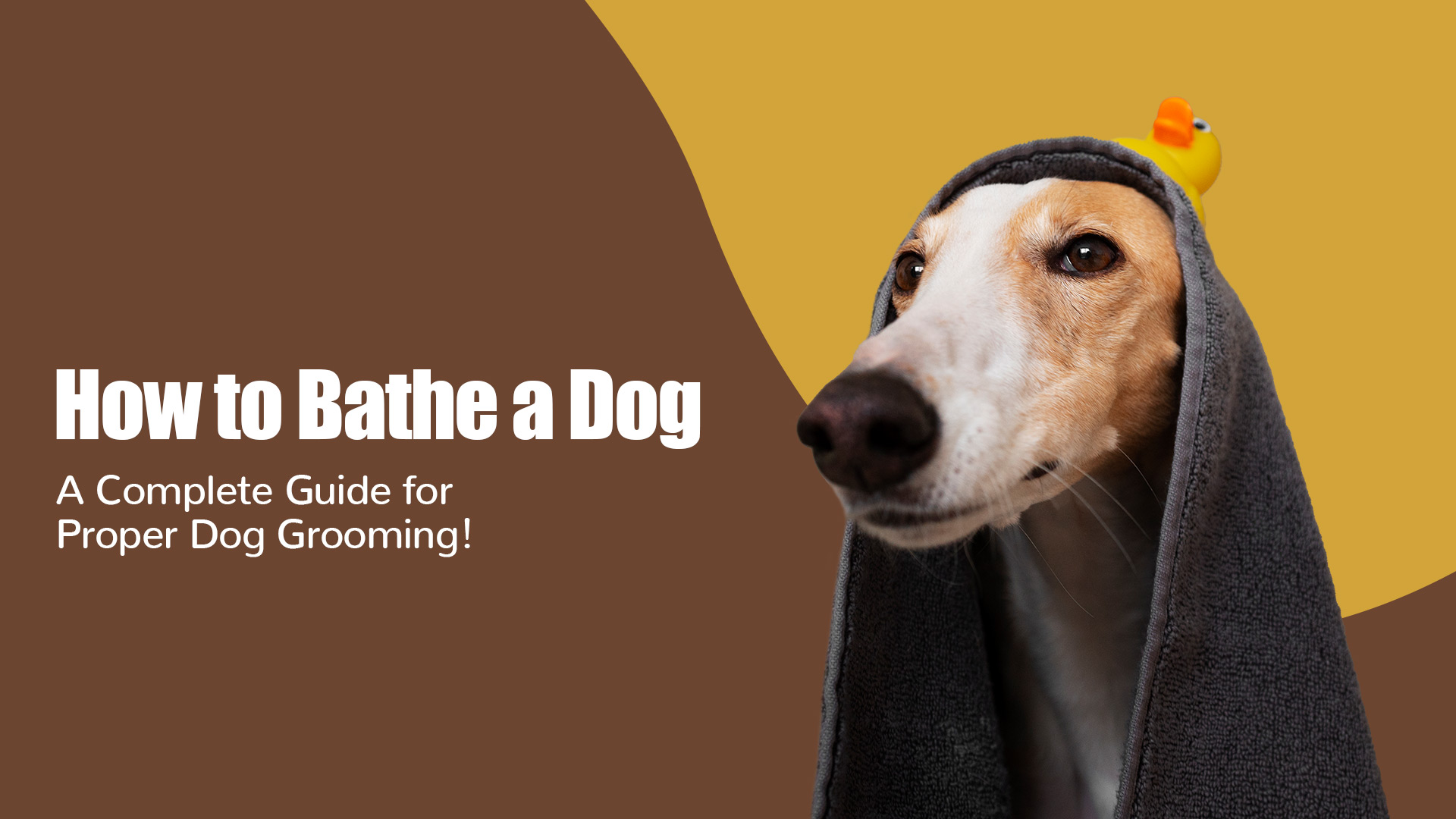
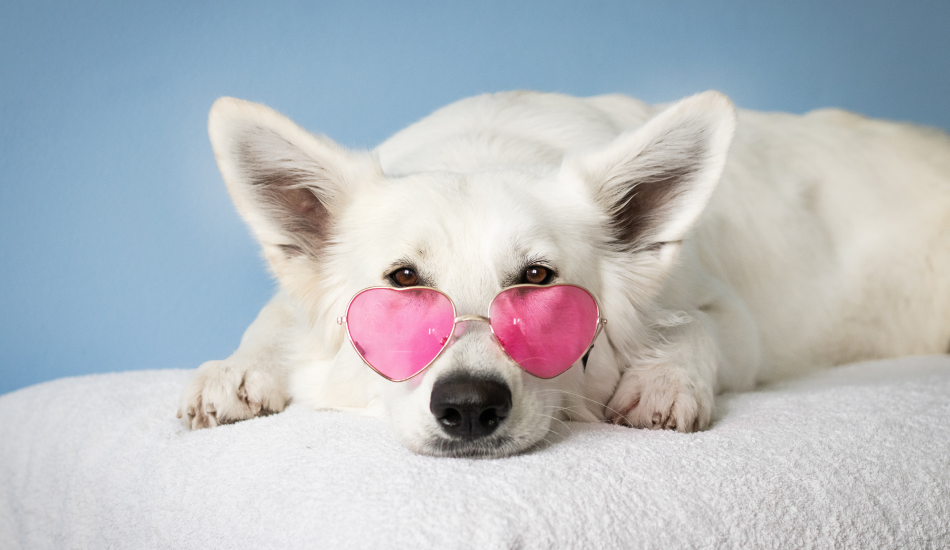
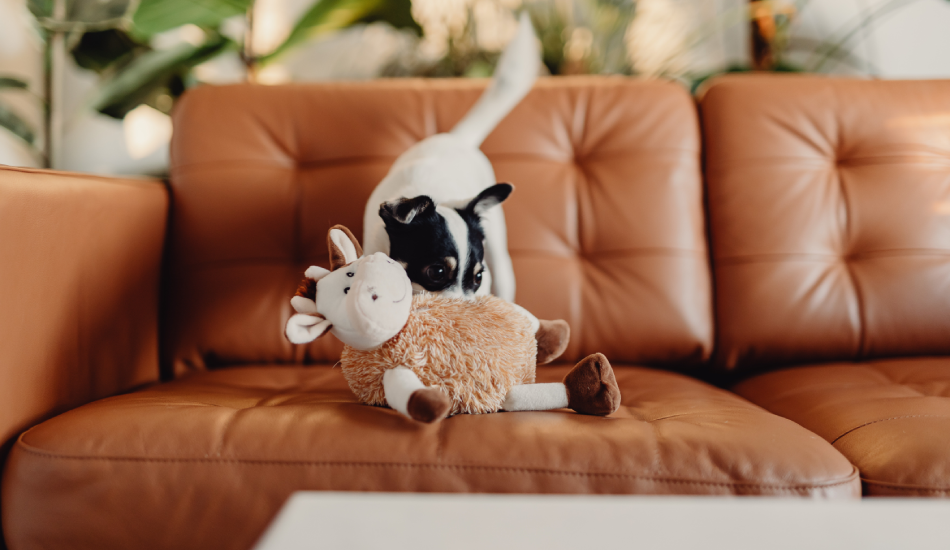



The information below is required for social login
Create New Account